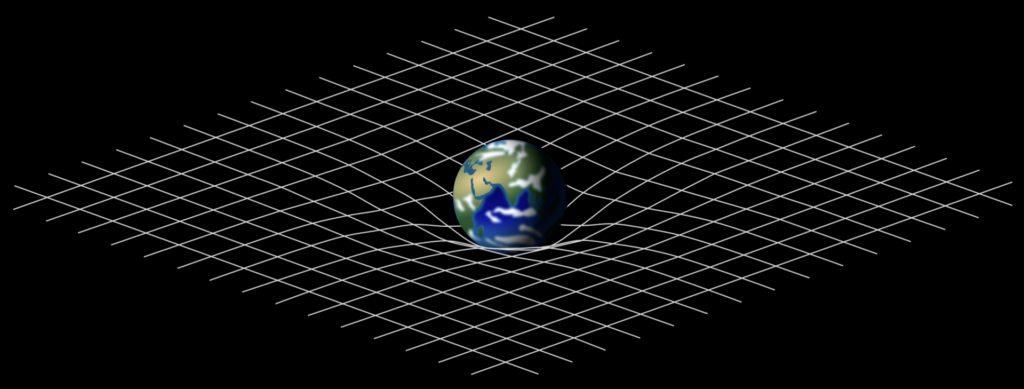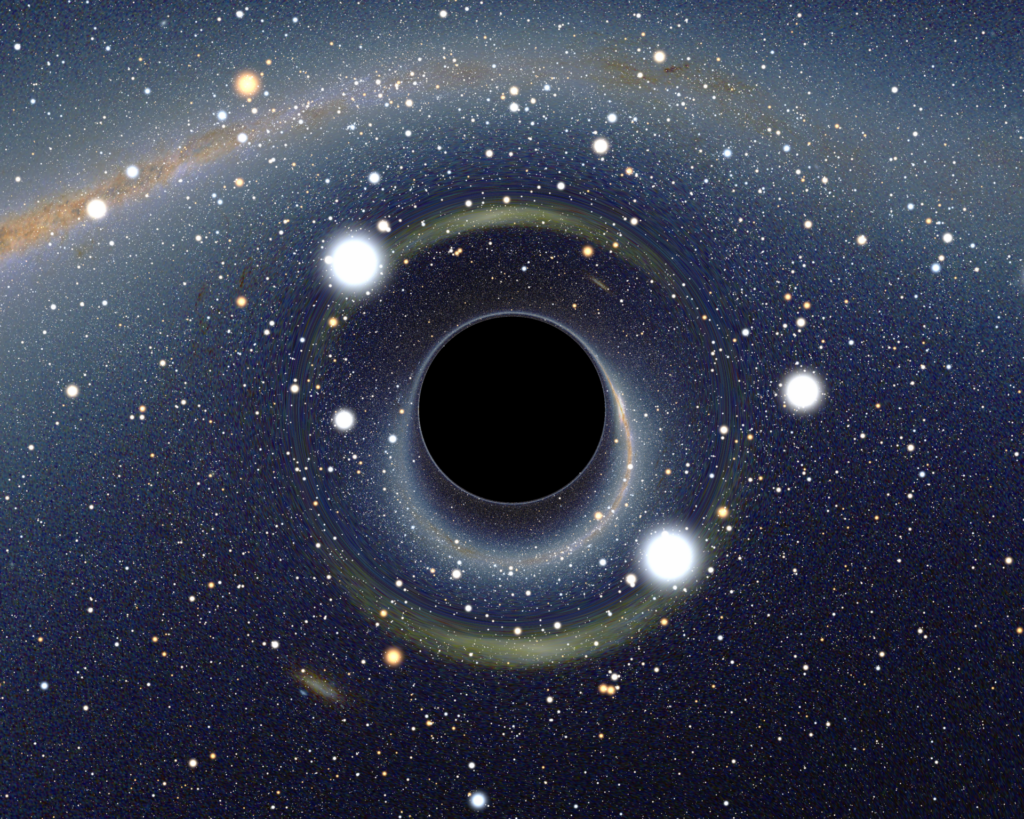Scientists have hailed the creation of a "baby wormhole" as a major breakthrough in the search for a unified theory of quantum gravity – the theory that will finally combine quantum mechanics and general relativity, two of physics' best confirmed but mutually incompatible theories.
Using a so-called 'quantum computer' (a super-powerful computer which exploits quantum mechanical processes to complete a colossal number of tasks in barely a fraction of a second) scientists were able to simulate two ultra-small black holes and send messages instantaneously between them. Physicists involved in the study say that this effectively amounted to a tunnel through spacetime: also called a "wormhole".
"It looks like a duck, it walks like a duck, it quacks like a duck. That's all we can say at this point — that we have something that appears to be a wormhole," said Joseph Lykken, a physicist at Fermilab and one of the co-authors of the study.
Another of the study's co-authors, Caltech physicist Maria Spiropulu, described the creation as a "baby wormhole", adding that she and her colleagues now hope to make "adult wormholes and toddler wormholes step-by-step".
A general (relativistic) primer
The story of wormholes begins with Albert Einstein and his theory of general relativity in 1916. This theory describes and explains the intricate (and profoundly elegant in mathematical terms) relationship between matter and spacetime. In particular, the theory posits that, much like a bowling ball distorting the shape of a mattress, matter warps the curvature of spacetime.
Concurrently, spacetime 'directs' the movement of matter in a similar way to how a marble dropped onto the aforementioned mattress would slope inexorably down towards the bowling ball.

The iconic "mattress" concept.
In the words of the legendary physicist John Wheeler, according to general relativity "matter tells spacetime how to curve, and curved spacetime tells matter how to move".
In 1935, Einstein, together with his collaborator Nathan Rosen, discovered that under very specific conditions, certain 'shortcuts' in spacetime could exist. Theoretically, this could even allow for the passage of entities or information between two otherwise distantly related regions of spacetime. These shortcuts were later dubbed "wormholes" by Wheeler and have since between used as essential plot devices in numerous science-fiction movies.
Only relatively realistic
Although a physical wormhole has, for various technical and physical reasons, not yet been physically constructed, the latest study represents the first time that a major simulated version has been created.
The study's authors were careful to emphasise this one is very far from being usable in any meaningful sense. For one, it is not physically real and measures only three times the size of literally the smallest physically possible distance – the so-called Planck length (i.e. 1.6 x 10-35 metres).
"[Creating a physical wormhole is] very, very far away. People come to me and they ask me, 'Can you put your dog in the wormhole?'... That would be a huge leap," Spiropulu said. Lykken stressed the "difference between something being possible in principle and possible in reality."
Related News
- Belgian selected for ESA space missions
- Belgian scientists contribute to 'game-changing' discovery in search for alien life
Nevertheless, the physicists' delight at the accomplishment is hard to overstate as the study could hold the key to finally reconciling quantum mechanics (which typically governs the behaviour of very small objects) and general relativity (which describes the behaviour of massive entities).
By being both very small and extremely massive, black holes – especially ultra-small black holes – have long been thought to hold the key to a theory of quantum gravity. Creating a wormhole between two such ultra-tiny black holes appeals to quantum mechanical and general relativistic equations. The experiment 'links' (although doesn't unify) the two in a mathematically specific way that moves closer to a final, unifying theory.
"It's the smallest, crummiest wormhole you can imagine. But that's really cool because now we're clearly doing quantum gravity."

